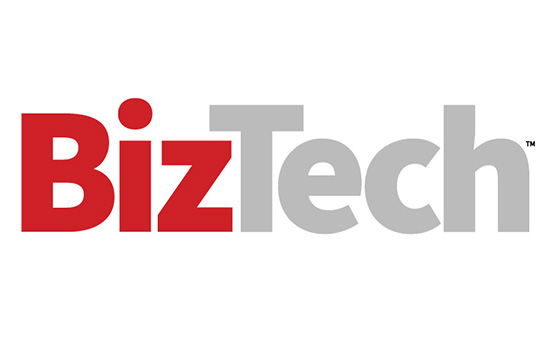How Does Hybrid Infrastructure Benefit SMBs?
A hybrid infrastructure approach combines on-premises and cloud services to deliver a collaborative, always-on IT framework. As noted in the Flexera report, 70% of companies use hybrid cloud strategies, using at least one public and one private cloud.
For example, a digital retail SMB might use on-premises storage to secure sensitive assets such as customers’ financial information or employees’ payroll and health data. Using a private cloud solution offers the resources necessary for in-depth analytics. Finally, public cloud infrastructure provides the throughput required for user-facing ecommerce storefronts.
Hybrid infrastructure offers several benefits for SMBs, including the following.
- Improved productivity. Hybrid solutions support advanced automation and secure resource access to deliver uninterrupted workflows. For example, using CDW’s custom hybrid cloud solutions, SMBs can optimize their infrastructure to meet — and exceed — employee expectations around productivity and usability.
- Enhanced collaboration. This approach also enables access to collaborative platforms that integrate effortlessly across multiple environments. In practice, this allows teams to easily communicate and collaborate anywhere, anytime.
- Simplified growth. Because hybrid infrastructure exists partly in the cloud, SMBs can quickly scale up (or down) as required. Consider a business branching out into larger markets. It can keep critical data onsite, even as it expands its public cloud infrastructure to capture new audience segments. For businesses that operate on a more seasonal model, meanwhile, a hybrid approach makes it easy to scale down during off-peak months.
- Increased security. Data security is now paramount for SMBs. By implementing zero-trust network access across all infrastructure instances, businesses can ensure the right people have access to the right data for the right reasons. Security controls can be combined into a single pane of glass to provide complete visibility.
DIG DEEPER: Do self-healing networks offer improved security for SMBs?
What’s Next for Hybrid Solutions?
When it comes to hybrid infrastructure, there’s no one-size-fits-all approach. For an SMB that relies primarily on remote workers, public cloud investment may be more cost-effective. For a company just making the move from brick-and-mortar stores to digital commerce, a combination of private clouds and on-prem solutions can offer a secure starting point.
Despite operational differences, however, several large-scale trends are on the horizon. First is the growing need for full control over specific pieces of hardware. This trend is largely informed by evolving compliance regulations and government legislation, especially in areas such as automation and generative AI. For SMBs to remain compliant with rules such as the General Data Protection Regulation, along with evolving state-based standards around AI, they must prioritize data security and ensure they can provide a full chain of custody for collected data.
RELATED: The advanced tech that is powering modern networks.
One approach to maximizing control is moving data back on-prem. The challenge? While this may improve security, it also drives up costs. To address this challenge, many SMBs are leaning into a second hybrid trend: software-defined WAN. SD-WAN provides optimized traffic routing, easier load balancing, efficient scalability and simple VPN access. The software-defined nature of this approach makes it ideal for hybrid environments — whether companies choose on-prem, offsite or a combination of IT hardware, SD-WAN delivers enhanced networking performance.
For SMBs, hybrid infrastructure lays the groundwork for customized IT environments that improve productivity, enhance security and exceed employee expectations.
This article is part of BizTech's AgilITy blog series.












